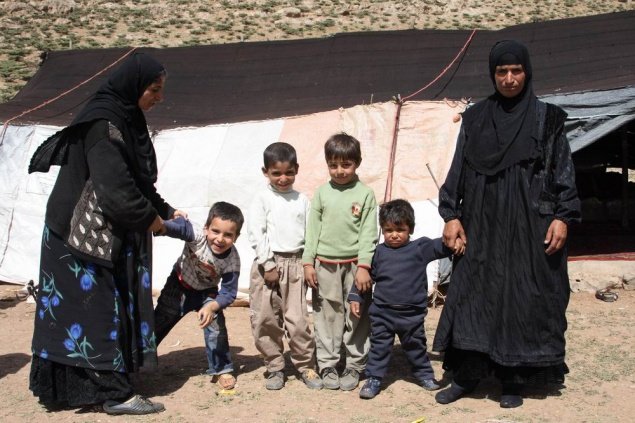|
|
Life In Iran
|
By the 9th century, Islam became a dominant religion in Persia and the conversion of Iranians to Islam brought profound changes to their life and culture. However, in some regions, such as the Fars province, Zoroastrianism remained strong up to the 9th century, although Sufis such as Abu Eshaq Kazeruni, the founder of Kazeruni Sufi order, brought mass conversion of Zoroastrians to Islam in the 10th century.
During the Abbasid caliphate decline, independent and semi-independent native Iranian dynasties arose in different parts of Persia including the Tahirids, Saffarids, Samanids, Afrighids, Ghurids, Sallarids, Justanids, Shaddadids and Buyids. Socially, the Arabs abolished the previous social class system of Sassanians while later, especially under the Ummayyads, another form of discrimination and exclusion against non-Arabs evolved. In reaction to these, Abu Moslem, an Iranian general, expelled the Umayyads from Damascus and helped the Abbasid caliphs to conquer Baghdad. The Abbasid caliphs frequently chose their Iranians as their "wazirs" (viziers), and Iranian governors acquired a certain amount of local autonomy. Thus in 822, the governor of Khorasan, Tahir, proclaimed his independence and founded a new Persian dynasty of Tahirids. And by the Samanid era, Iran's efforts to regain its independence had been well solidified.
Attempts at Arabization thus never succeeded in Iran, and movements such as the Shu'ubiyya became catalysts for Iranians to regain their independence in their relations with the Arab invaders. Other notable major revolts, some by Iranian Muslims and others by practitioners of old Iranian religions against Arab rule were led by Al-Muqanna, Sunpadh, Khurramites, Babak Khorramdin, Maziar, Mardavij, Ustadh Sis and Ya'qub-i Laith Saffari.
The cultural revival of the post-Abbasid period led to a resurfacing of Iranian national identity. The resulting cultural movement reached its peak during the 9th and 10th centuries. The most notable effect of the movement was the continuation of the Persian language, the official language of Iran to the present day. Ferdowsi, Iran's greatest epic poet, is regarded today as the most important figure in maintaining the Persian language. After an interval of silence Iran re-emerged as a separate, different and distinctive element within Islam.
|
|









